How does flannel hand-made coffee taste good? Correct storage of flannel filter cloth
Speaking of flannel filter cloth, we can't help thinking of Japanese coffee, and pictures of "holding the filter cloth in the left hand and the coffee pot in the right hand, seriously making coffee" pour into our minds.
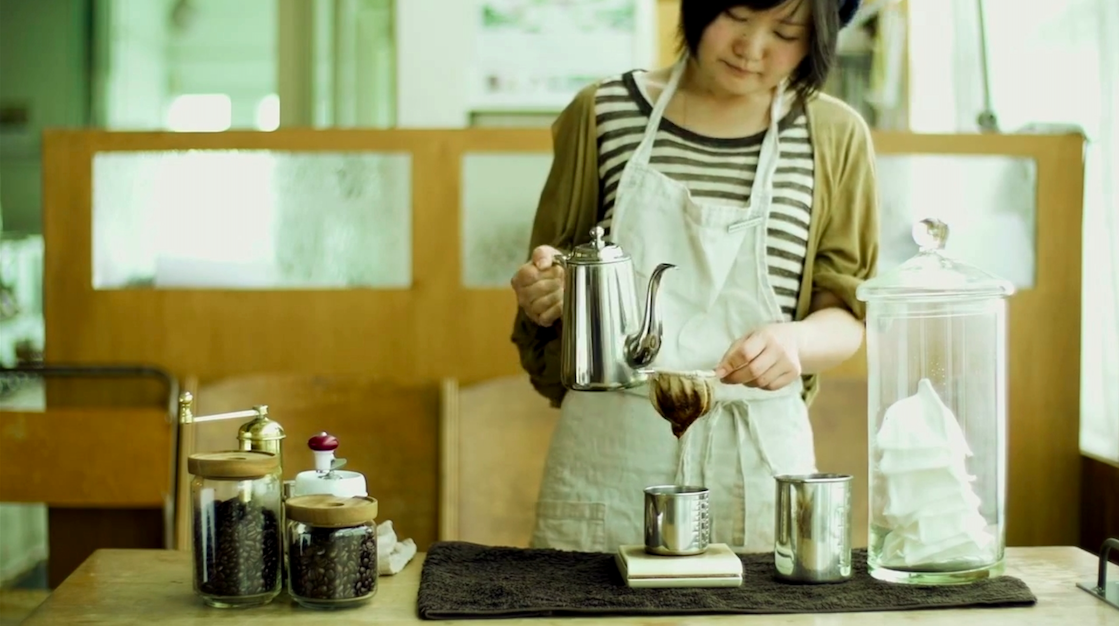
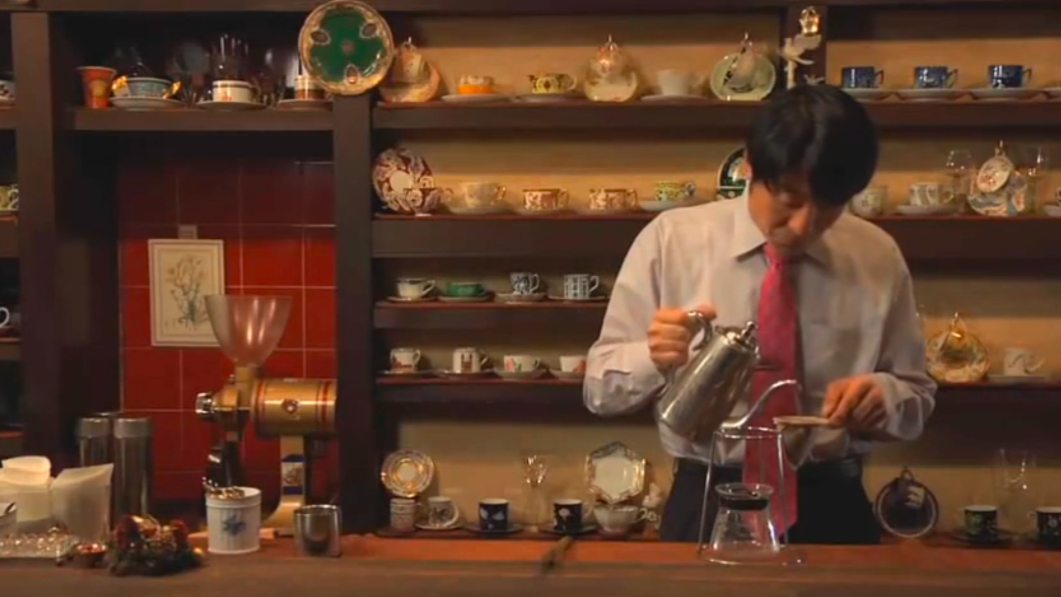
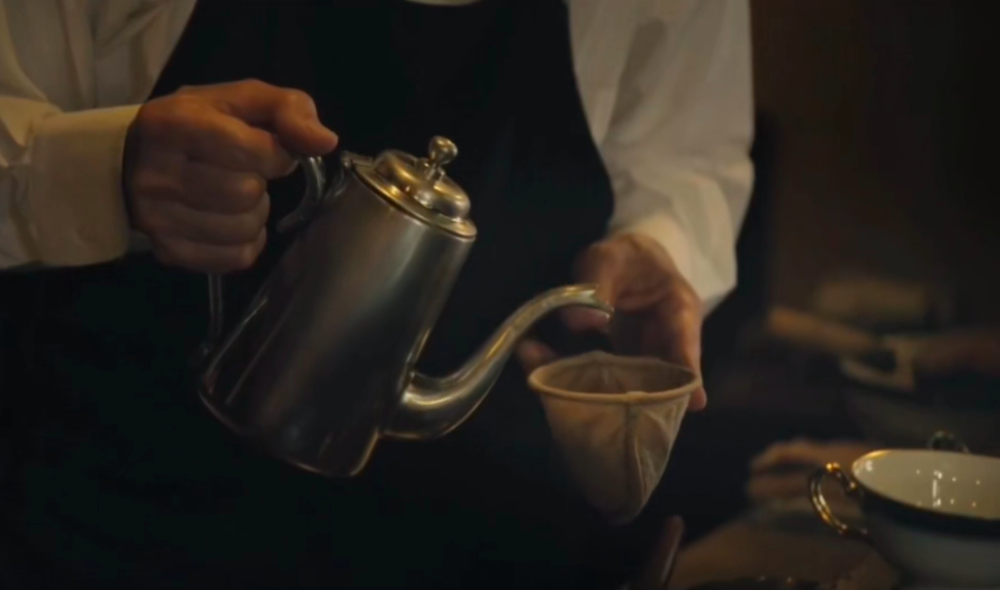

This makes people wonder what the magic of this little filter cloth can make them so fascinated. What are the characteristics of flannel nowadays most hand-brewed coffee uses a filter cup with filter paper as a filtering tool, and the filter cup plays a guiding role, that is, it can extract better coffee. In fact, it is the filter paper that acts as a filter. So, this problem is almost the same as something that flannel can do, but filter paper can't. Filter paper in front of the street has also said a lot, now the mainstream still uses filter paper to filter coffee, first of all, it has strong filtering performance, easy to achieve a cup of coffee without residue, and the second is its low price, about 3-4 cents per piece. And flannel, it is actually a kind of cloth, this material is cotton surface on one side and suede surface on the other. Cotton noodles feel refreshing and can feel the roughness brought by the braided lines. On the other hand, the suede has some fine velvet, which feels soft.
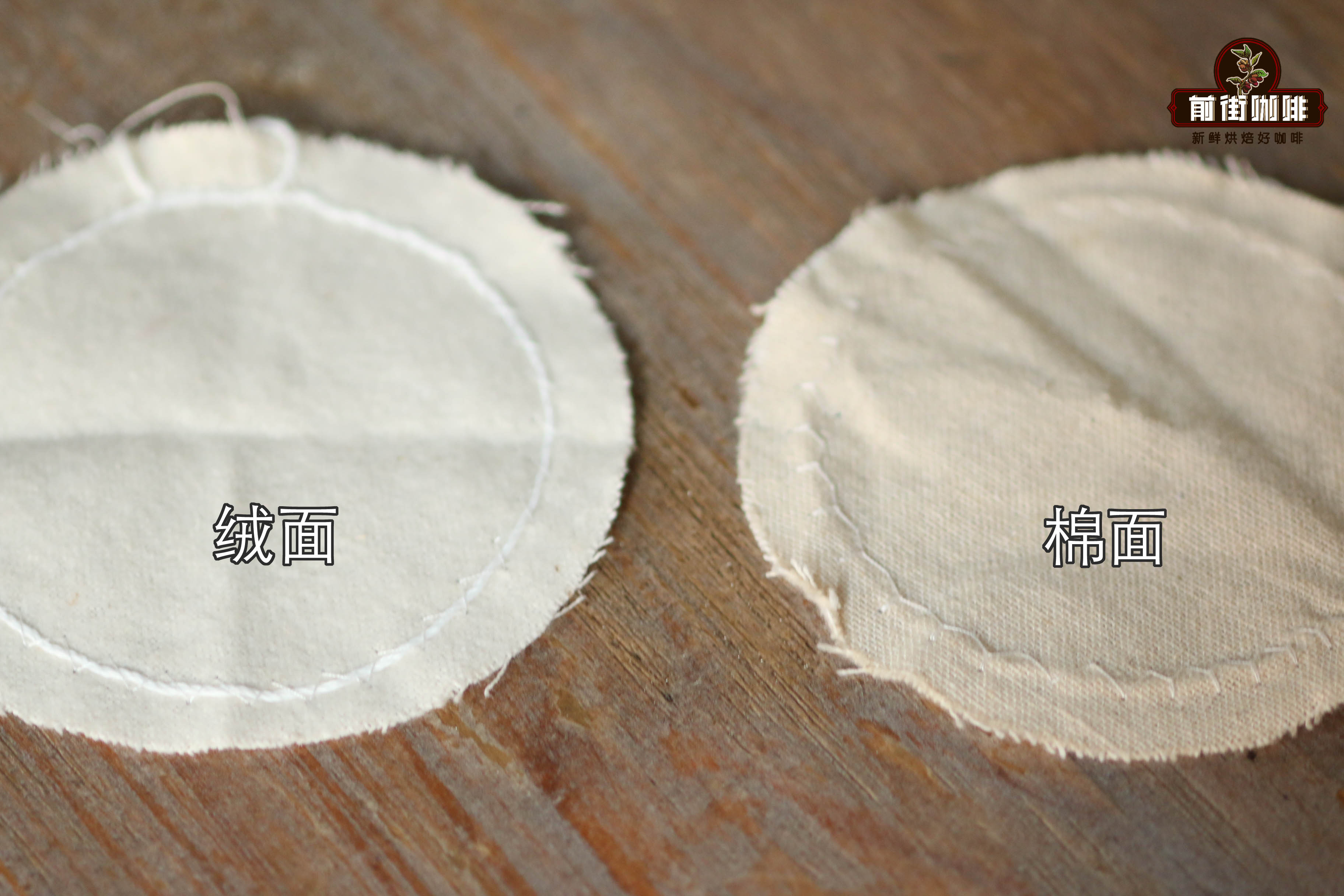
If you look at the flannel in the sun, you can clearly see the cracks formed by the lines interlaced with each other. So the most important feature of flannel is that the gap of flannel is much larger than that of filter paper, allowing grease and other insoluble substances to easily drip into coffee through the filter cloth, which can improve the mellow taste. Generally speaking, flannel filter cloth used by hand is sewn from two or three pieces of flannel. The sewing joint is usually convex to the other side of the suede surface. This also gives rise to the second question, which side should be used to make coffee with flannel. Qianjie believes that there is no difference between the pros and cons of flannel filter, both sides can be used to make coffee, and will not affect the taste of coffee. However, from the major Japanese cafes to use flannel coffee performance, will be more inclined to use cotton noodles for coffee, the reason is also very simple, first, the velvet surface glued to coffee grounds will increase the difficulty of cleaning, and the other is that the seam is on the other side of the velvet surface, if the suede surface is used as the inner surface, the shape of coffee powder is no longer pure geometry and can affect the performance of the extraction. How to make coffee with flannel use flannel as a filtering tool, it does not need a filter cup as a support and guidance like filter paper, flannel filter cloth can be fixed with a metal ring, can be held by hand or placed on the sharing pot. Generally speaking, when using flannel cooking, you will choose to hold it by hand because it will be more flexible.
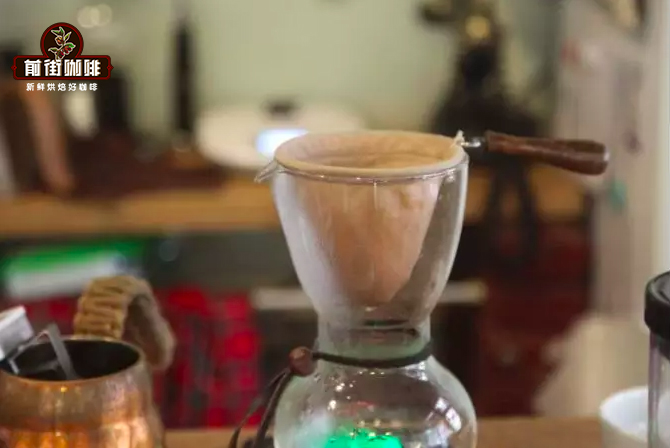
Before cooking, please boil the flannel in boiling water for 5 minutes. On the one hand, disinfection, on the other hand, let the water thoroughly integrate into the fiber to maintain a stable state. And brewed coffee beans generally choose medium and deep roasting, grinding will also be too thick, about 20 sieve pass rate of 60% Murray 65%. The amount of powder is about 2 to 3 of the flannel capacity. The small flannel used in the street before, the amount of powder used in 20-25g is more appropriate. When injecting water, it is necessary to cooperate with the left and right hands to make the coffee powder fully wet, and the flow of water injection will be very small, because there is no diversion trough or closed trough for the filter cup, so it will be concentrated in the central small circle to prevent the water from flowing away from the edge.
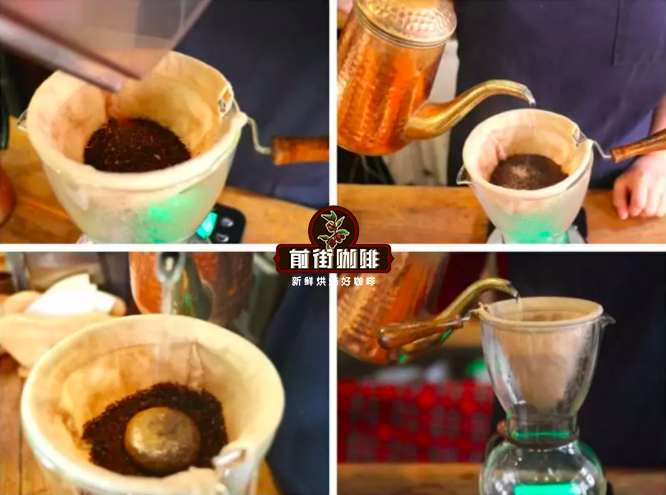
Similarly, flannel is mostly cooked with a ratio of powder to liquid at 1:10, that is, 20g powder is extracted to 200ml's coffee liquid. The way flannel is preserved flannel filter can be used many times, as long as it is preserved correctly. Many people think that flannel can be washed, dried and stored in a dark and dry place, but this is not right. Continuous drying, wetting and drying will destroy the fiber structure of flannel. The correct way to store flannel is to wash the flannel, then store it in clean water at a low temperature, and keep changing the clean water. This can not only maintain the fiber structure of flannel, but also achieve the effect of bacteriostasis and mildew inhibition, and the next time you use it, you should boil it in boiling water for 5 minutes.
Important Notice :
前街咖啡 FrontStreet Coffee has moved to new addredd:
FrontStreet Coffee Address: 315,Donghua East Road,GuangZhou
Tel:020 38364473
- Prev

What is the difference between washed coffee beans and semi-washed coffee beans? What are the characteristics of semi-washed coffee beans.
Today, I'm going to tell you what is water washing treatment and what is semi-washing treatment. Semi-washing was born in Brazil in 1990. Before the appearance of semi-washing, Brazil used traditional sun treatment because the cost was very low. But coffee is easily mixed with other impurities and is susceptible to infection and deterioration. Make its coffee neat.
- Next

How to distinguish the producing area of coffee beans? Introduce the flavor of coffee beans from different producing areas.
Today, let's teach you how to distinguish coffee producing areas by tasting coffee. if we drink a cup of coffee, its sour taste is particularly obvious and there is a clear smell of flowers, then it is very likely that African beans, if there is a sense of sweet and sour juice, then it may be beans from the Guji producing area of Ethiopia, if it is light and sour.
Related
- Beginners will see the "Coffee pull flower" guide!
- What is the difference between ice blog purified milk and ordinary milk coffee?
- Why is the Philippines the largest producer of crops in Liberia?
- For coffee extraction, should the fine powder be retained?
- How does extracted espresso fill pressed powder? How much strength does it take to press the powder?
- How to make jasmine cold extract coffee? Is the jasmine + latte good?
- Will this little toy really make the coffee taste better? How does Lily Drip affect coffee extraction?
- Will the action of slapping the filter cup also affect coffee extraction?
- What's the difference between powder-to-water ratio and powder-to-liquid ratio?
- What is the Ethiopian local species? What does it have to do with Heirloom native species?

